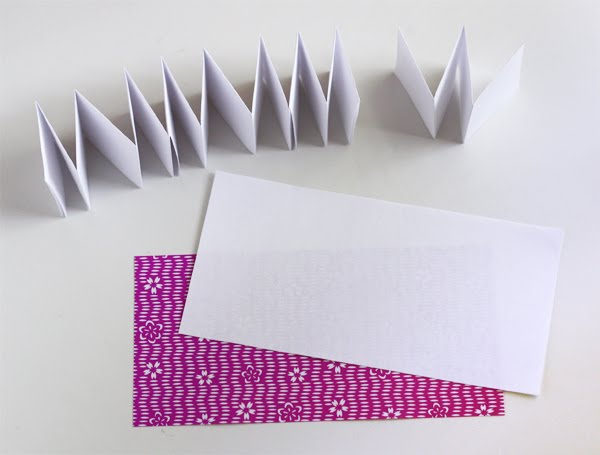You’ve decided to create a paper book, but you’re not sure how to proceed. You’ve chosen to use standard letter-sized paper, but you might want to experiment with different types. Some people choose to use heavier weight paper to make the book more durable, and colored finish paper provides a nice visual effect. To fold the paper into a book, fold each individual page separately, as this will result in a cleaner crease and more even lines. Fold the edges of the pages together before you crease them.
Choosing paper sized for a paper book
If you’re planning to publish a paper book, you’ll need to decide the type of paper. There are several different types of paper available, and choosing the right one can have an impact on the final cost and aesthetic value of your book. Besides cost, paper quality also affects your book’s durability and longevity. Professional print buyers take into account the basis weight, thickness, color, and finish, among other factors.
Standard page sizes for most books are 5.5″x 8.5″ and 6″x 9″. While these sizes may seem a bit big for a small book, they have many benefits. For one thing, they give readers a better reading experience. Moreover, the cover of a 6″x 9″ book is approximately 15% larger than that of a 5.5″x 8.5″ book. And speaking of size, bigger books are harder to read and put on shelves.
Choosing a hole punch for a paper book
A good quality hole punch can punch multiple sheets at once without jamming. If the hole punch is designed poorly, it can put undue pressure on the joints and cause inconsistent punching. Check the page capacity of the hole punch before buying. The higher the page capacity, the more pages it will be able to punch at once. If the hole punch does not state its page capacity, it is safe to assume it can punch just a couple of sheets.
While price is an important factor, reliability is just as important. While hole punches vary in size, they should offer high-quality support and last for many years. Choosing a more expensive punch will mean you get increased speed and accuracy, a better view, and additional luxury features. But keep in mind that this does not mean you should skimp on quality. It’s better to spend a little more than you have to, especially if you plan to use it regularly.
Choosing brass fasteners for a paper book
When you are constructing a paper book, you will want to choose the right type of fastener to attach your pages together. You can choose brass or stainless steel fasteners, which will add the right amount of shine to your book while protecting it from corrosion. You can buy brass-plated fasteners in boxes of 100 and are sure to get the look and quality you want. Brass fasteners are durable, so they can be used time again, so they are a great choice for classrooms, art studios, and paper crafts.
When choosing brass fasteners for your paper book, make sure you choose ones that have flexible prongs, since this type of fastener is flexible. When choosing the type of fastener, make sure the head of the fastener is large enough so that the paper won’t be damaged during installation. You can expand on this topic by reading Wikipedia. For a deeper understanding of brass fasteners, read this article.
Choosing a ribbon to bind a paper book
You can create a beautiful binding by using a ribbon. Choose a ribbon with a contrasting color to your book’s pages. You can also create a beautiful design by using a contrasting pattern. In this project, you will create a handmade book. To bind a book, you need to know the right technique to ensure the book is protected from water damage and creases. This article will show you how to bind a book with a ribbon.
Ribbons add an air of elegance and whimsy to most projects. When used to bind a paper book, a ribbon adds a chic look. Use a ribbon to add flair to your scrapbook, picture book, or school project. Make sure the ribbon is soft and flexible, as hard ribbons can tear the paper pages. You can find many different ribbons at your local craft store.
Using a rubber band to bind a paper book
Using a rubber band to bind your paper book is a simple DIY project. All you need is a thick rubber band, and a stick (a garden stick, wooden skewer, dowel, or pencil) of the same length as the binding edge of the book. To bind your book, make two holes in the pages and thread the rubber band through. It’s as simple as that!
First, place the book on its side. The rubber band should be long enough to reach through the holes in the pages. You may need to cut the band a bit to make it longer and more flexible. Once you’ve done this, you can attach the spine piece. This piece will keep the pages together on the spine edge. You can also use a pencil, coffee stirrer, tongue depressor, twig, plastic spoon, or pencil. It should be stiff, narrow, and longer than the spacing between the two holes. Next, you’ll need to insert the spine piece into the loop on the rubber band.

